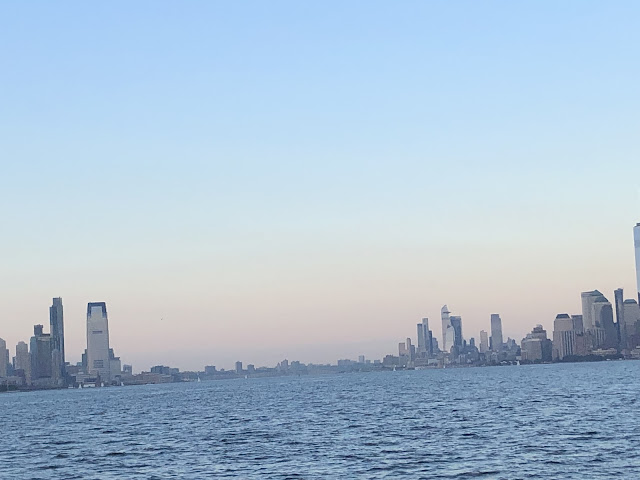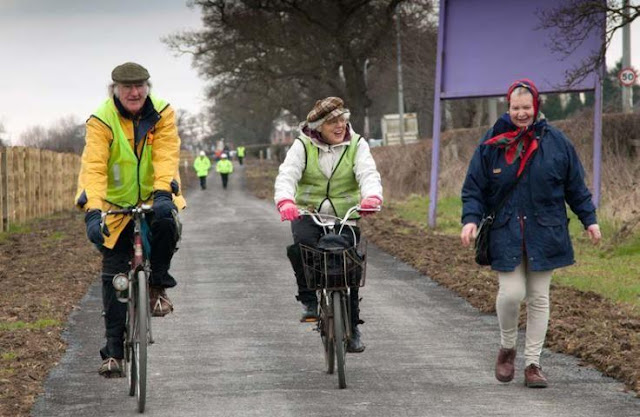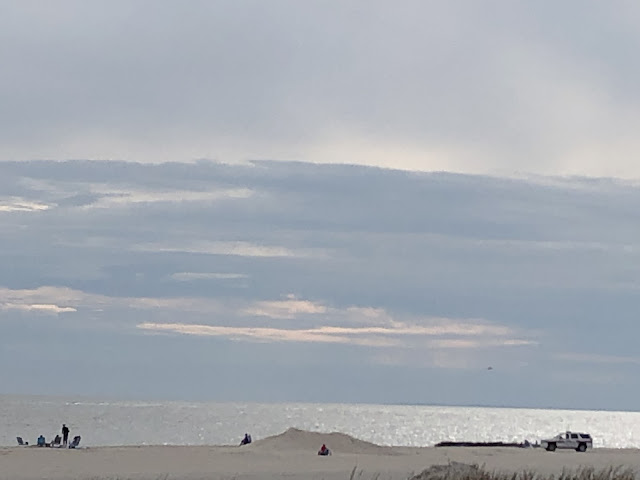The Villages is, as the name suggests, a complex of communities in north-central Florida, about an hours' drive from Orlando.
It's been described, both affectionately and derisively, as "Disney World for Boomers." In reality, it's a planned community for retirees that seems, like others in the Sunshine State, to be built around golf courses.
According to a story that circulated in the media about a decade ago, The Villages had the highest rate of STDs in the USA. While public health policy experts and health care professionals who have worked there and in other places have debunked that narrative, another stereotype about The Villages seems to hold true: In both the 2016 and 2020 Presidential elections, Probably no other place voted as overwhelmingly for Donald Trump.
And, from a couple of accounts that have crossed my desk, I would infer that The Villages are like too many other jurisdictions, especially in so car-friendly Florida: the safety of cyclists doesn't seem to be a priority.
The area's auto-centricity has something to do with that. So, I suspect do The Villages Operating Company and Sumter Landing Community Development District which, respectively, operate the complex and Collier, one of the Villages.
They are challenging a suit filed by James Heizer. Two years ago, he says, he flipped over his handlebars when his bicycle tire was lodged in a sewer grate.
It's exactly the sort of accident I fear whenever I see sewer grates with slats that run parallel to the curb--or ones that have large gaps between them and the pavement. I don't know whether the Villages uses either sort of grate, but they are the only ones in which I can imagine a bicycle tire becoming "lodged."
If that is the case, one can only hope that, in addition to reimbursing Heizer for his medical bills and other losses, that the sewer grates are replaced.




























